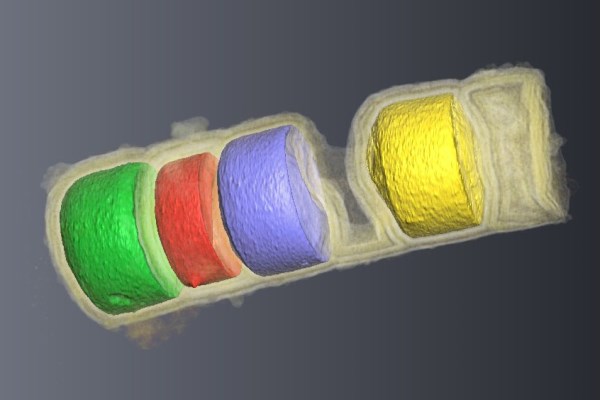Emergence of the Modern Biosphere – Decrypting the Early Record

Tomographic rendering of early multicellular alga, 1.6 billion years old, from India. The specimen is half a millimetre long.
Summary
The modern type of biosphere, characterized by complex interactions amongst and between multicellular and unicellular organisms, arose more than half a billion years ago from the predominantly microbial biosphere of the Proterozoic Eon.
This project aims at tracing this dramatic transition, with particular emphasis on the multiple attempts of organisms to gain advantages through size increase and multicellular construction. We seek out sites of exquisite three-dimensional fossil preservation and examine the structure of the fossil organisms against the background of the fossilization process (i.e. the taphonomic and diagenetic history of the fossils) and the environmental constraints, in particular ambient redox conditions. From this we develop hypotheses regarding the anatomy, mode of life, and phylogenetic affinities of the ancient organisms.
Slime molds and fungi have emerged as promising targets in the search for early multicellular life. Based on exciting recent discoveries we are developing new ways of tracing these multicellular organisms back in time. We also investigate, using newly developed concepts, the origin of animal multicellularity in protist lineages, the early evolution of animal embryonic development, and the origins of mineralized skeletons.
Among the various analytical and imaging methods we employ, the centerpiece is X-ray tomographic microscopy, allowing full and non-destructive three-dimensional characterization of fossil structures.
This research is funded by the Swedish Research Council (VR)
Project Participants at the Museum
Stefan Bengtson (principal investigator)
External Project Participants
University of Bristol, UK
University of Poitiers, France
Curtin University, Perth, Australia
University of Southern Denmark, Odense, Denmark
Selected Publications
Bengtson, S. & Yue, Z., 1997. Fossilized metazoan embryos from the earliest Cambrian. Science 277: 1645–1648. DOI:10.1126/science.277.5332.1645
Bengtson, S., Rasmussen, B. & Krapež, B., 2007. The Paleoproterozoic megascopic Stirling Biota. Paleobiology 33(3): 351–381.
Bengtson, S., Ivarsson, M., Astolfo, A., Belivanova, V., Broman, C., Marone, F. & Stampanoni, M., 2014. Deep-biosphere consortium of fungi and prokaryotes in Eocene sub-seafloor basalts. Geobiology 12(6): 489–496.
Bengtson, S. & Collins, D., 2015. Chancelloriids of the Cambrian Burgess Shale. Palaeontologia Electronica 18(1): 67 pp. URL:palaeo-electronica.org/content/2015/1031-chancelloriids .
.


